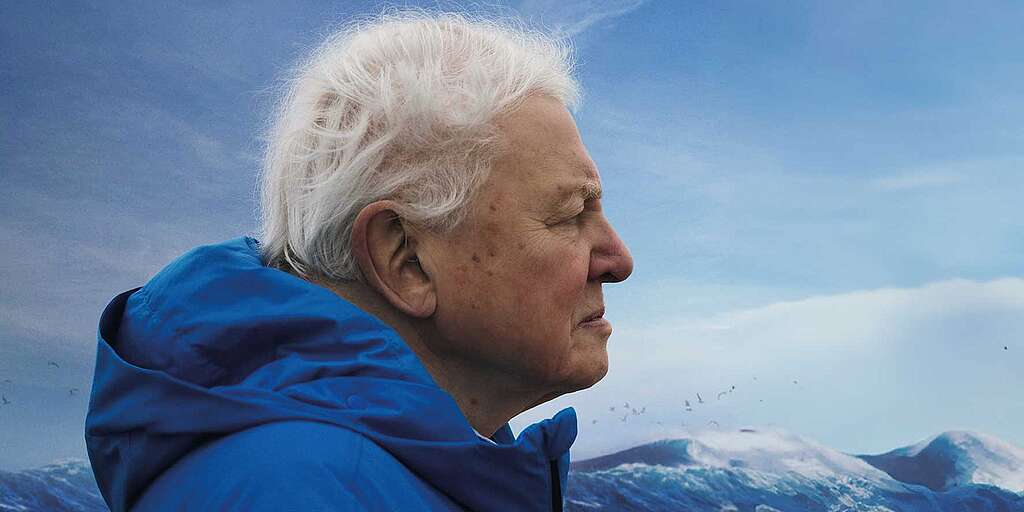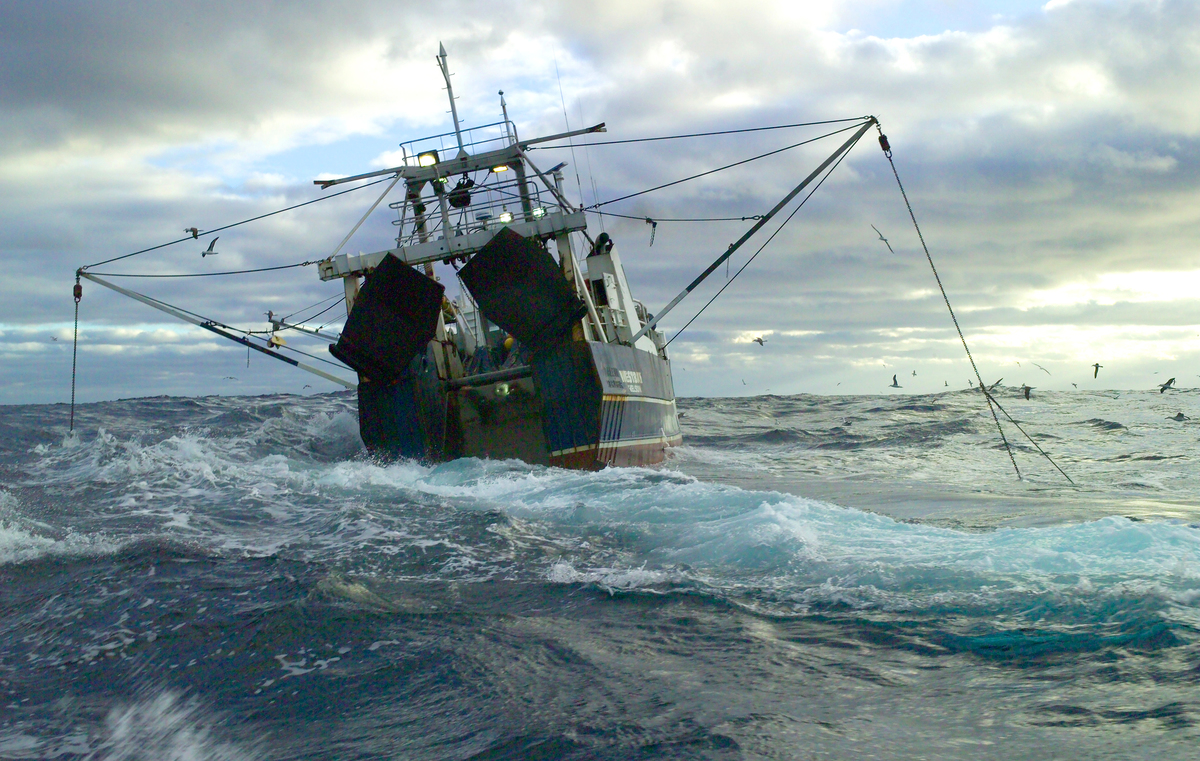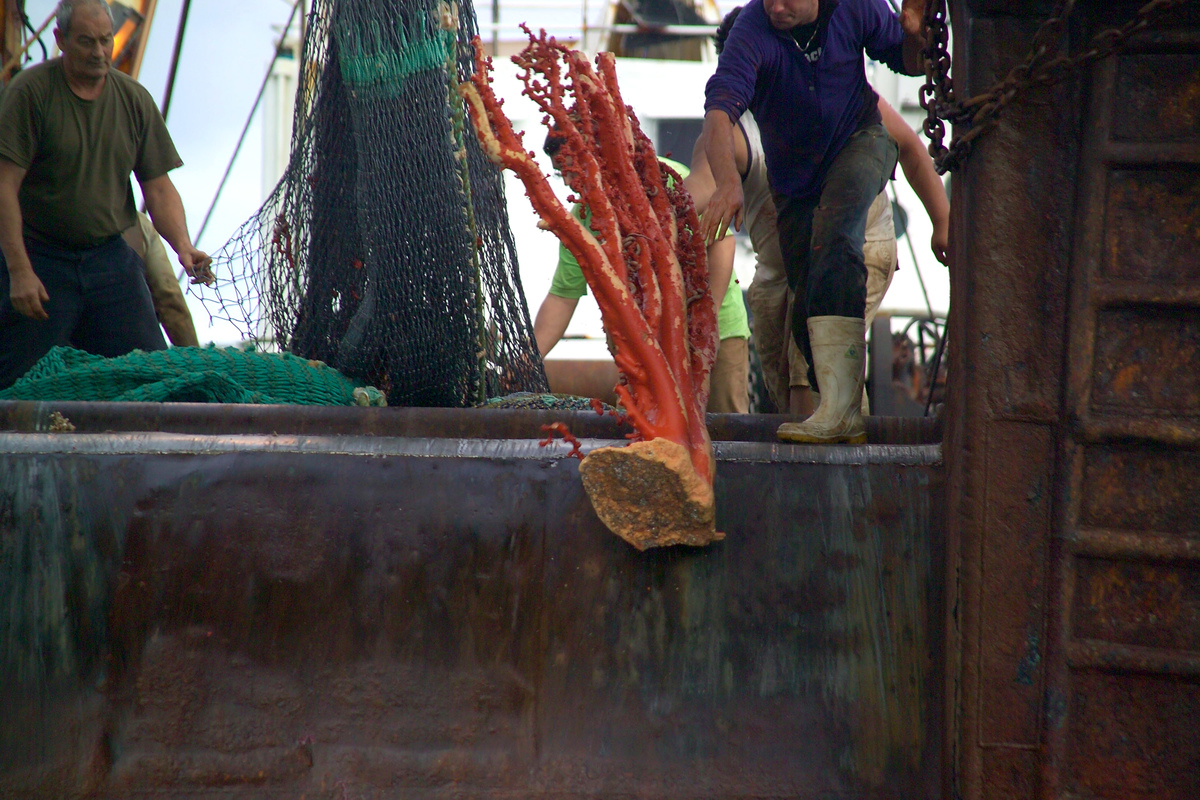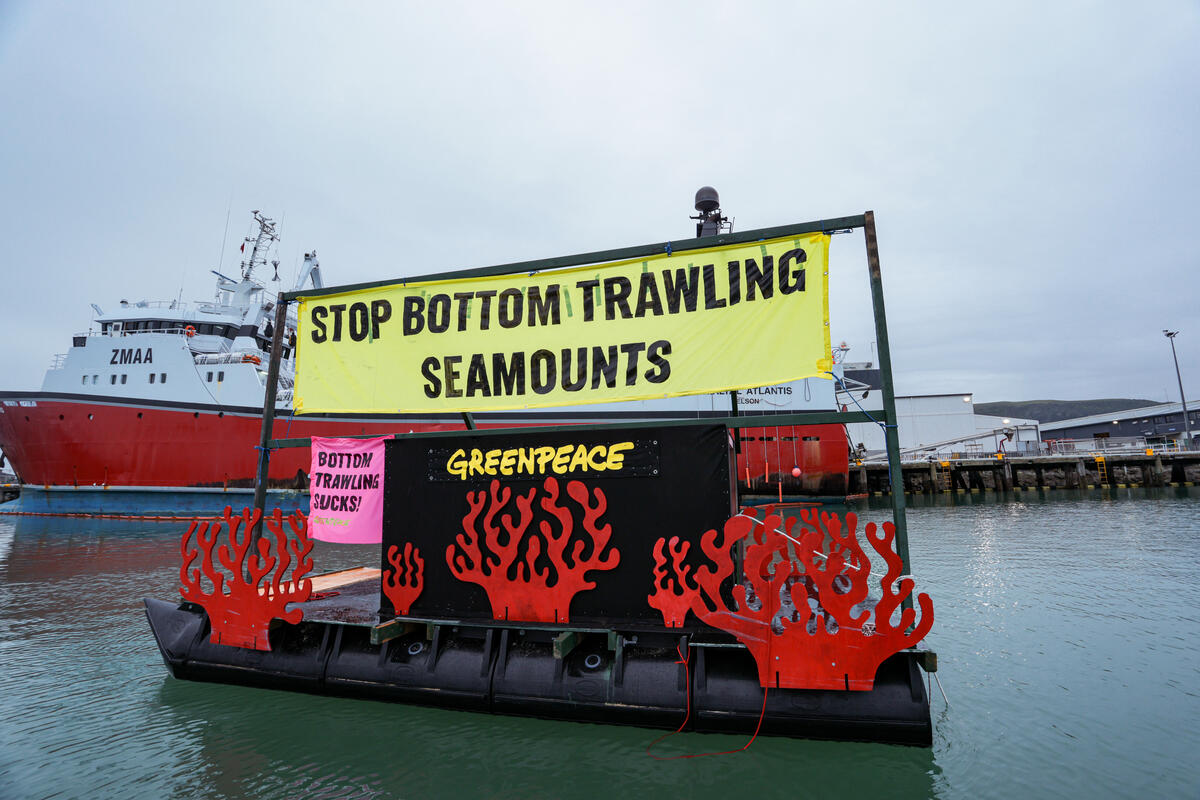The environmental vandalism of New Zealand’s bottom trawlers continues to devastate the ocean. A New Zealand deep-sea trawler has hauled up more than six tonnes of protected stony coral in a single net drag. This horrific devastation is a huge blow in the continuing destruction of coral habitat in New Zealand.

The vast bycatch of coral that was dredged up was disclosed only after an official information request by the Deep Sea Conservation Coalition. It has reignited urgent calls to outlaw bottom trawling on ecologically sensitive seamounts and deep-sea ecosystems.
The Ministry for Primary Industries confirmed the coral was caught late in 2024 by an unnamed vessel operating on the Chatham Rise, an underwater plateau renowned for its rich expanse of ocean life, east of Aotearoa’s South Island in the Pacific Ocean.
Stony corals are protected under New Zealand law and serve as vital reef-building organisms, providing critical habitat and protection for a diverse abundance of marine life. Stony coral of this size are essential to ecosystems, and take years to grow. To give some perspective on the scale of this recent loss – Stony coral growth rates vary from 0.3cm-10 cm per year, so 6 tonnes could have taken centuries or even millennia to grow. Just let that sink in for a moment. Hundreds or thousands of years worth of ancient habitat growth, destroyed in a heartbeat, a single sweep of a merciless bottom trawler.


Save the Ocean. Save our World.
Ocean with David Attenborough is not just a visual spectacle but also an urgent call for action. Sign the petition to tell the Australian government to champion an ocean sanctuary in the Tasman Sea.
Sign petition
Bottom trawling is a reckless and outdated practice that has devastated entire ecosystems for decades. This isn’t fishing -it’s industrial-scale ecological decimation.
Glenn Walker, Head of Nature
Although Seafood New Zealand CEO Lisa Futschek claims that the death of 6 tonnes of coral was ‘a matter of human error’ and was ‘highly regrettable’, sadly this isn’t an isolated incident. As far back as 2005 (that’s 20 years ago!) Greenpeace Aotearoa captured unmistakable evidence that the bottom trawling industry was destroying deep sea coral in the Tasman Sea and published a photo that sparked worldwide outrage.

The destroyed coral held up by the trawlers as though taunting the Greenpeace crew, was estimated to be between five hundred and six hundred years old. Despite this image being a catalyst for the fight to end bottom trawling, still the indiscriminate slaughter of ecosystems continues. In the words of Chris Hay, who was the action coordinator that day “twenty years later, we’re still fighting this shit.”

Twenty years on and we’re still out here fighting bottom trawling. We’ve had the science, we’ve had the stories, we’ve had 20 damn years of proof. And they’ve just kept dragging. But we’re finally at a point where we could actually win – if we keep the pressure on
Chris Hay, Head of Field Operations
Last year, in October 2024, The Tasman Viking, a New Zealand bottom trawler, pulled up 37kg of deep sea coral around Lord Howe Rise, another area renowned for its diverse abundance of life. This incident caused outrage in the community and triggered a rule under the South Pacific Regional Fisheries Management Organisation, to temporarily close the area.
However, even this wasn’t enough to dissuade the iniquitous bottom trawling industry. In May this year, Greenpeace Aotearoa exposed the shocking destruction caused by New Zealand bottom trawlers. Hours of footage showed ancient coral reduced to rubble that was described as a “coral graveyard.”
Greenpeace witnessed this devastation in the deep sea first hand, during a seamount expedition in March where deep sea cameras were used to survey the seafloor, including in intensively trawled areas.
Greenpeace spokesperson Ellie Hooper says “What we saw was shocking; hours and hours of footage of lifeless fragmented and broken coral – a coral graveyard in the deep. The bottom trawling industry has gotten away with this kind of destruction in the waters of Aotearoa and the South Pacific for too long. Trawling causes indiscriminate damage to these vital habitats. It’s indefensible and it must stop.”
Despite all of these incidents, New Zealand continues to be the only country still bottom trawling the international waters between New Zealand and Australia and tragically, destroying these ecosystems is not even illegal, as long as the vessels report their bycatch.
Despite claims from the New Zealand seafood industry that “bottom trawling mostly happens on sandy, muddy seafloors”, decades of documentation and this most recent heartbreaking loss of habitat proves otherwise. All of the evidence points to the conclusion that these trawlers are knowingly causing destruction of the natural environment through human negligence.

What nature took thousands of years to create is being dragged up and tossed aside, along with countless animals and organisms that depend on these habitats to survive. The impact of bottom trawling rips through the entire ocean, leaving lifeless scars where rich biodiversity once thrived.









